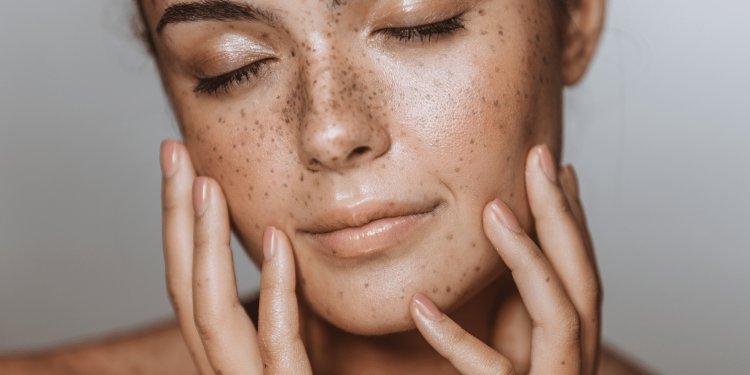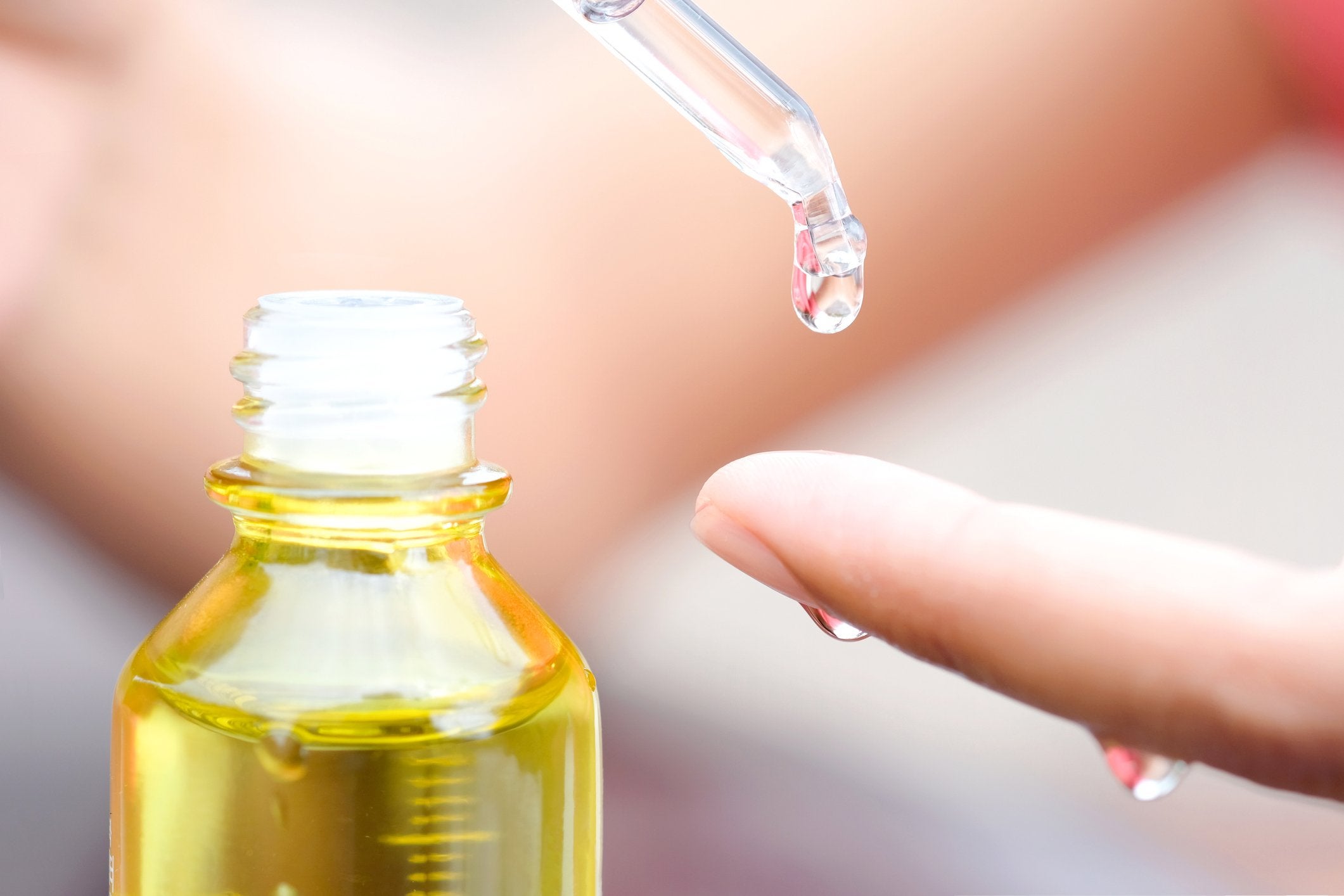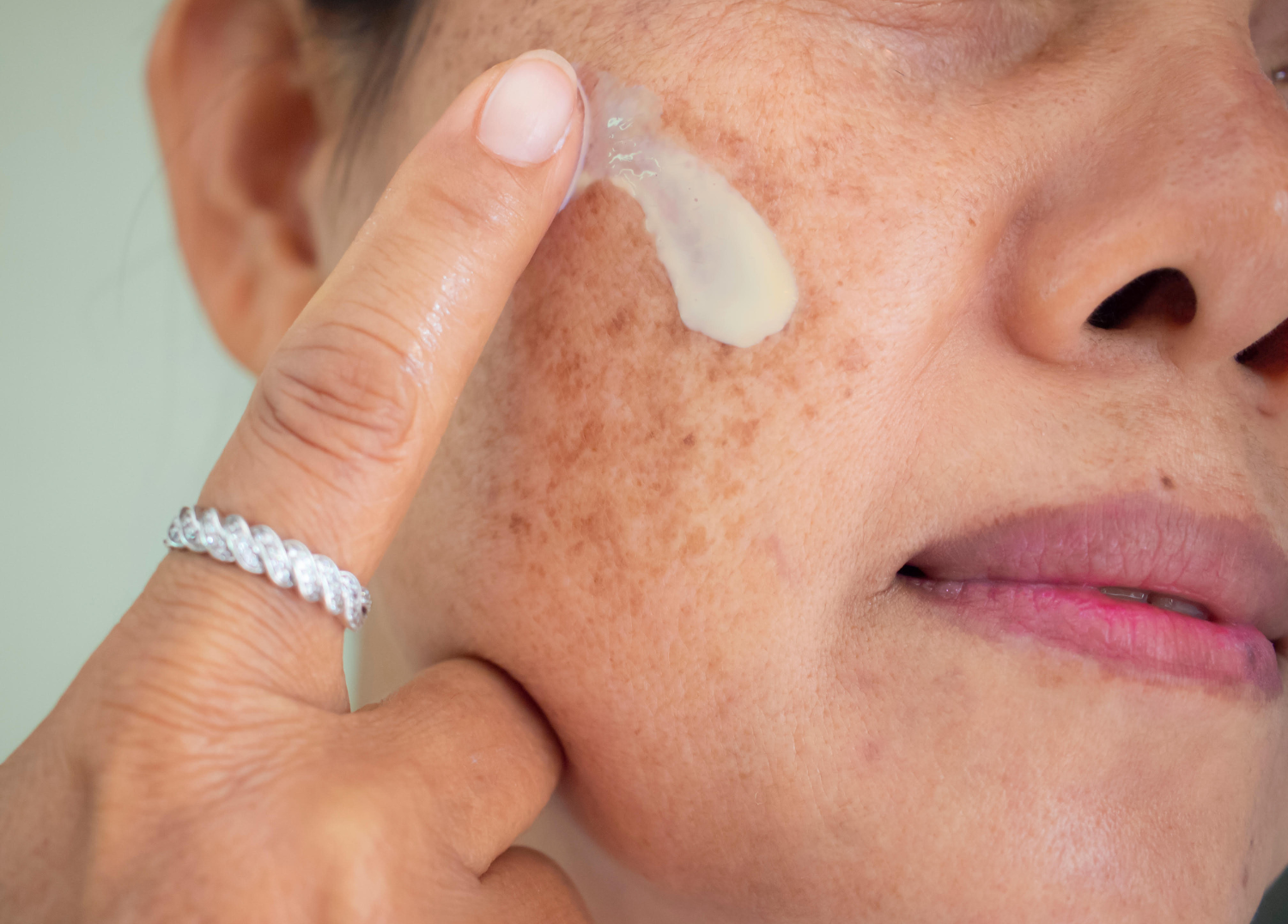Having a hard time with hyperpigmentation? This Is Why Your Skincare Routine Should Include Tranexamic Acid
Tranexamic acid was once only used in hospital wards and operating rooms, so unless you were a hematologist, it was not exactly on anyone's skincare radar. This humble substance had a major medicinal history and was traditionally used to help the blood clot more effectively, hence controlling excessive bleeding. However, as is sometimes the case with significant advancements in skincare, its glow-up was an accident.

A Fortunate Byproduct
It was an unexpected turn from prescription medication to skincare fad. 
Physicians observed that patients with bleeding issues who took oral tranexamic acid started to have more bright, even-toned complexions. It was an odd coincidence at first. As the trend persisted, however, scientists came to the conclusion that this was a side effect worth looking into rather than a coincidence.
Dermatologists soon started testing the substance topically, and the outcomes were striking: a mild, efficient removal of obstinate hyperpigmentation without the roughness or irritability of conventional brighteners like hydroquinone.
What Exactly Is Tranexamic Acid?
Let us briefly discuss science, but not too much.
It functions in medicine by preventing blood clots from breaking down. Reducing the formation of melanin, the pigment that causes sun spots, melasma patches, and post-inflammatory dark scars that appear to persist long after a breakout has passed, is its skincare superpower.
Its delicacy, however, is what makes it unique. Unlike some other powerful lighteners, tranexamic acid does not destroy your skin's protective layer. Rather, it adopts a more tactful strategy, subtly reducing the skin's pigment-producing activity without creating havoc in the process.
Reasons for Its Success (Even When Others Have Failed)
If you have experimented with brightening serums in the past, you have probably tried the standard suspects: azelaic acid, niacinamide, and vitamin C. All of them are excellent, but tranexamic acid has a special place. It works especially well for melasma, the blotchy, hormonally induced pigmentation that frequently covers the forehead, upper lip, and cheeks.
More significantly, tranexamic acid complements other substances well. It is a versatile team player in your routine rather than a solo act because it interacts well with retinol, niacinamide, and even kojic acid.
How to Incorporate It Into Your Skincare Regimen
The good news is that a prescription is no longer required. Over-the-counter face masks, lotions, and serums now include tranexamic acid. For topical treatments, look for concentrations between 2% and 5%; this is the sweet spot where gentleness and results meet.
Apply it once or twice a day, right before your moisturizer and after cleansing. Sunscreen, like all pigmentation products, is a must-have. Dark spots can be lessened with tranexamic acid, but only SPF can prevent them from coming back like unwanted guests.
Will It Work for You, Really?
Since every person's skin is unique, hyperpigmentation can be infamously obstinate. Tranexamic acid, however, may be the key ingredient you have been looking for if you have been let down by products that promise brightness but only end up disappointing you.
It is particularly worthwhile to attempt if you have:
Melasma or pigmentation brought on by hormones
After acne, black spots
uneven tone brought on by exposure to the sun
Skin that is sensitive and responds to retinoids or harsher acids
The bottom line
Though it began in the emergency room, tranexamic acid is now a skincare superstar because it is strategic, discreet, and unexpectedly effective. This gentle powerhouse could be your next greatest buddy in the pursuit of clear, glowing skin if your hyperpigmentation has been playing the long game.
What's Your Reaction?




















